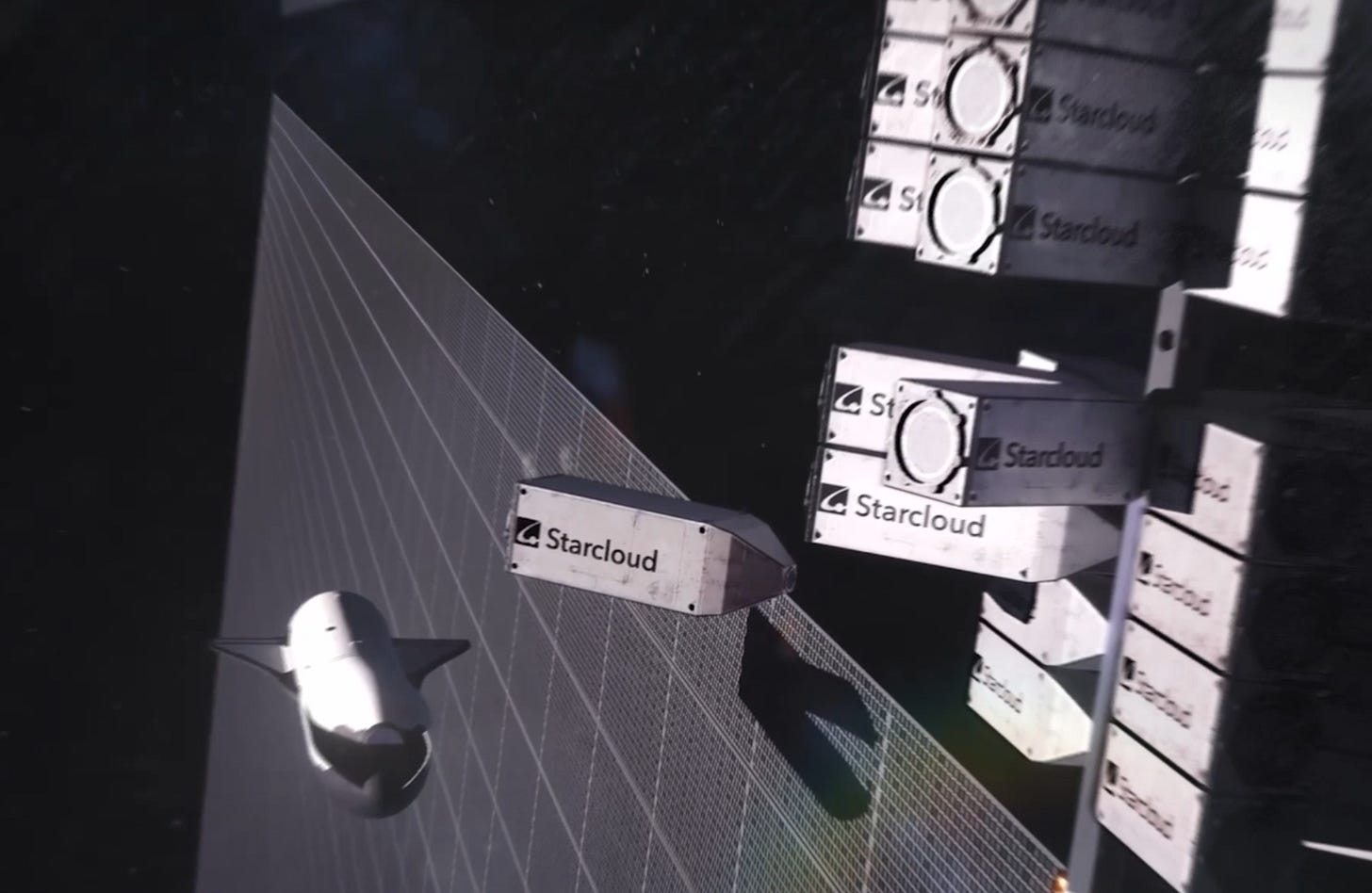Building a Cosmic Mind
The explosion of artificial intelligence is set to move out into space.
When, in the afterglow of Apollo, Gerard K. O’Neill studied space colonisation from a scientific perspective, he also needed to find a way to fund it. The 1970s was a time of energy crises, when people across the world became convinced we were rapidly approaching planetary boundaries. Space based solar power, beamed down to the Earth with microwaves, seemed like a good answer to these problems - and would, proponents hope, generate enough revenue to push space colonisation and relieve the population problem that was also, erroneously, thought to be occurring.
Events ended up undermining this case - the energy crisis passed by the 1980s, the computer revolution revived economic growth, and the famines predicted by the Malthusians never happened. Furthermore, the anticipated cost savings of the Space Shuttle were a mirage, and the per kg price of space hardware remained stubbornly high. Space based solar power wasn’t need to save the world, and remained extremely technically difficult. The concept has since been confined to studies, and debates over whether or not its business case closes at all.
One of the main weaknesses has always been the step of transmitting the gathered solar energy to Earth. If the solar energy could be used in situ, it would be a lot more obviously beneficial. Enter the AI revolution. There is presently a surge in demand for energy to power the data centres that train the new AI models which are already changing how our economies work.
Last year, Wells Fargo predicted that by 2030 the energy demand from AI would have grown by over 8,000% from the 2024 level, although some have suggested less bullish estimates. And recently, NVIDIA have been talking about their collaboration with startup Starcloud to ultimately build a 5GW space based data centre, with a solar/radiator array 4km on each edge. It would be by far the largest structure humanity has ever assembled in space, and comfortably large enough to be resolved with the naked eye from the surface.
But how feasible is it really? Is this just another symptom of an AI bubble getting out of control?



